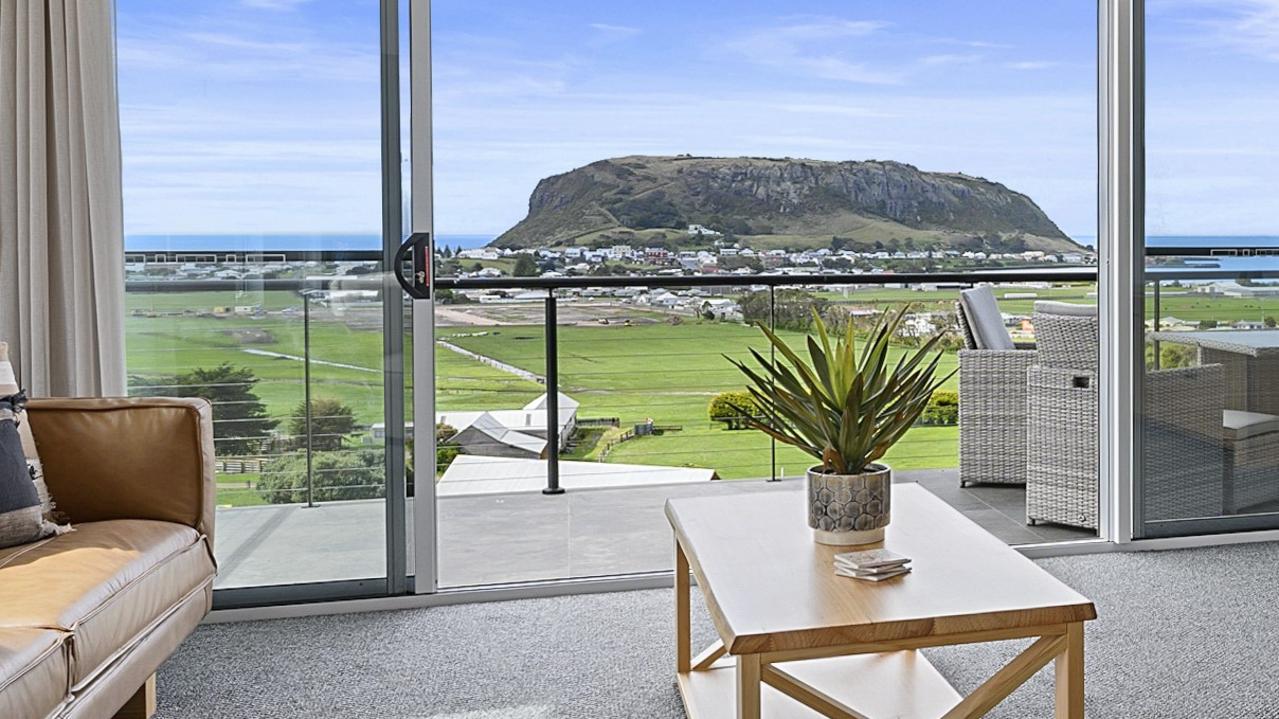Tassie tourist attractions feature in quirky Qantas safety video
TWO iconic Tasmanian tourist attractions are the stars of a new Qantas safety video that will be shown to almost 30 million passengers a year.

Travel
Don't miss out on the headlines from Travel. Followed categories will be added to My News.
TWO iconic Tasmanian tourist attractions are the stars of a new Qantas safety video that will be shown to almost 30 million passengers a year.

The short, quirky video features Australians from all walks of life talking passengers through the on-board safety instructions against the backdrop of locations across the country.
Oxygen masks hang from the roof of the Museum of Old and New Art in Hobart as museum visitors demonstrate how to use them.
Later, sweeping shots of Cradle Mountain are shown, panning in to a smokehouse where a man hanging fish warns passengers with a no smoking message.
Other scenarios include a lifejacket demonstration at Bondi Icebergs; a brace position demonstration during a yoga class on Hamilton Island; and counting rows to the exit on a Yarra Valley winery.
The video will be introduced across Qantas flights from next month, as well as featuring on the airline’s online channels.
While the video is a safety communication, it will also form the basis of a new tourism campaign incorporating social media.
Qantas and Tourism Australia will work together over the next 12 months to promote the locations featured and maximise the benefits for local tourism operators.
It comes at a time when tourism is growing at the fastest rate since the Sydney Olympics in 2000, setting new records for visitor numbers and spending, with Tasmanian growth leading the way.
Qantas CEO Alan Joyce said the video was a unique platform to promote the local tourism industry.
“We’ve experimented with different settings for our safety videos over the years, but this time we saw an opportunity to celebrate Australia itself,” Mr Joyce said.
A recent Deloitte Access Economics report found that, in 2014-15 the Qantas Group facilitated $9.5 billion in tourism expenditure in Australia, or one in every nine dollars spent, supporting 105,000 jobs across the country.


